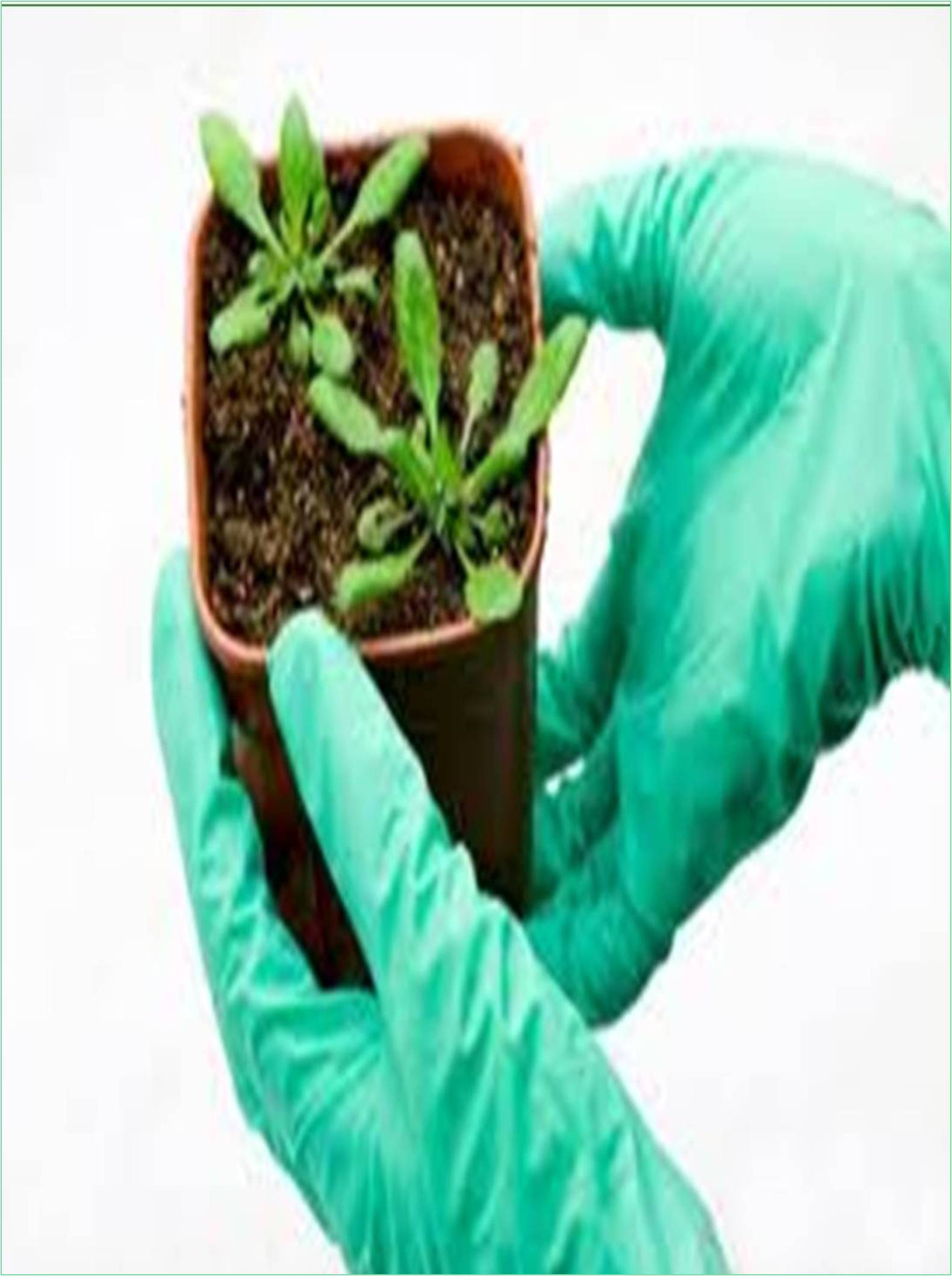



Received: 01-Feb-2022, Manuscript No. GJCSSPB-22-59496; Editor assigned: 03-Feb-2022, Pre QC No. GJCSSPB-22-59496(PQ); Reviewed: 18-Feb-2022, QC No. GJCSSPB-22-59496; Revised: 25-Feb-2022, Manuscript No. GJCSSPB-22-59496(R); Published: 04-Mar-2022, DOI: 10.15651/2437-1866.22.8.47
TTissue culture is the growth of tissue or cells in an artificial medium separate from the parent organism. This technique is also known as micro propagation. This is usually facilitated by using a liquid, semi-solid, or solid growth medium such as broth or agar. Tissue culture generally refers to the culture of animal cells and tissues, and more specifically the term plant tissue culture is used for plants. The term “tissue culture” was coined by the American pathologist Montrose Thomas Burrows.
Plant tissue culture is a collection of techniques used to maintain or grow plant cells, tissues or organs under sterile conditions on a nutrient medium of known composition. It is often used to clone plants in a process called micro propagation (Hussain, 2012). Various techniques in plant tissue culture can offer certain advantages over traditional breeding methods. Preparation of plant tissue for tissue culture is performed under sterile conditions under HEPA filtered air provided by a laminar flow cabinet (Biddington, 1992). The tissue then grows in a sterile container such as a Petri dish or bottle in a growth chamber with controlled temperature and light intensity. Living plant materials from the environment are naturally contaminated with microorganisms on their surface (possibly inside), so they are removed before suitable samples (known as explants) are removed. The surface is sterilized with a chemical solution (usually alcohol and sodium hypochlorite or calcium). Second, sterile explants are usually placed on the surface of sterile solid medium, but may also be placed directly on sterile liquid medium, especially if cell suspension culture is required. Solid and liquid media are generally composed of inorganic salts and some organic nutrients, vitamins and phytohormones (Gaspar, 1996). Solid media are made from liquid media supplemented with a gelling agent, which is usually purified agar. The composition of the medium, especially phytohormones and nitrogen sources (nitrates and ammonium salts or amino acids), has a significant effect on the morphology of the tissues that grow from the original explants. For example, excess auxin often causes root growth, while excess cytokinin can sprout. The balance of both auxin and cytokinin often results in disordered growth of cells or callus, but the morphology of growth depends on the plant species and the composition of the medium. As the culture grows, the fragments are usually cut out and subcultured in fresh medium to allow growth or change the morphology of the culture. The skill and experience of the tissue incubator is important in deciding which fragments to incubate and which to discard. Once the shoots emerge from the culture, they can be cut out and rooted with auxin to produce small plants, which, when mature, can be transplanted into the culture soil for further growth in the greenhouse as normal plants. The specific differences in the regenerative capacity of different organs and explants have different explanations. Key factors include differences in cell stages in the cell cycle and availability. Cell culture is the process by which cells are grown under controlled conditions, generally outside their natural environment. After the cells of interest have been isolated from living tissue, they can subsequently be maintained under carefully controlled conditions. These conditions vary for each cell type, but generally consist of a suitable vessel with a substrate or medium that supplies the essential nutrients (amino acids, carbohydrates, vitamins, minerals), growth factors, hormones, and gases (CO2, O2), and regulates the physio-chemical environment (pH buffer, osmotic pressure, temperature). Most cells require a surface or an artificial substrate to form an adherent culture as a monolayer (one single-cell thick), whereas others can be grown free floating in a medium as a suspension culture (Skirvin, 1978). The lifespan of most cells is genetically determined, but some cell culturing cells have been “transformed” into immortal cells which will reproduce indefinitely if the optimal conditions are provided. In practice, the term “cell culture” now refers to the culturing of cells derived from multicellular eukaryotes, especially animal cells, in contrast with other types of culture that also grow cells, such as plant tissue culture, fungal culture, and microbiological culture of microbes (Trigiano, 2012). The historical development and methods of cell culture are closely interrelated to those of tissue culture and organ culture. Viral culture is also related, with cells as hosts for the viruses.